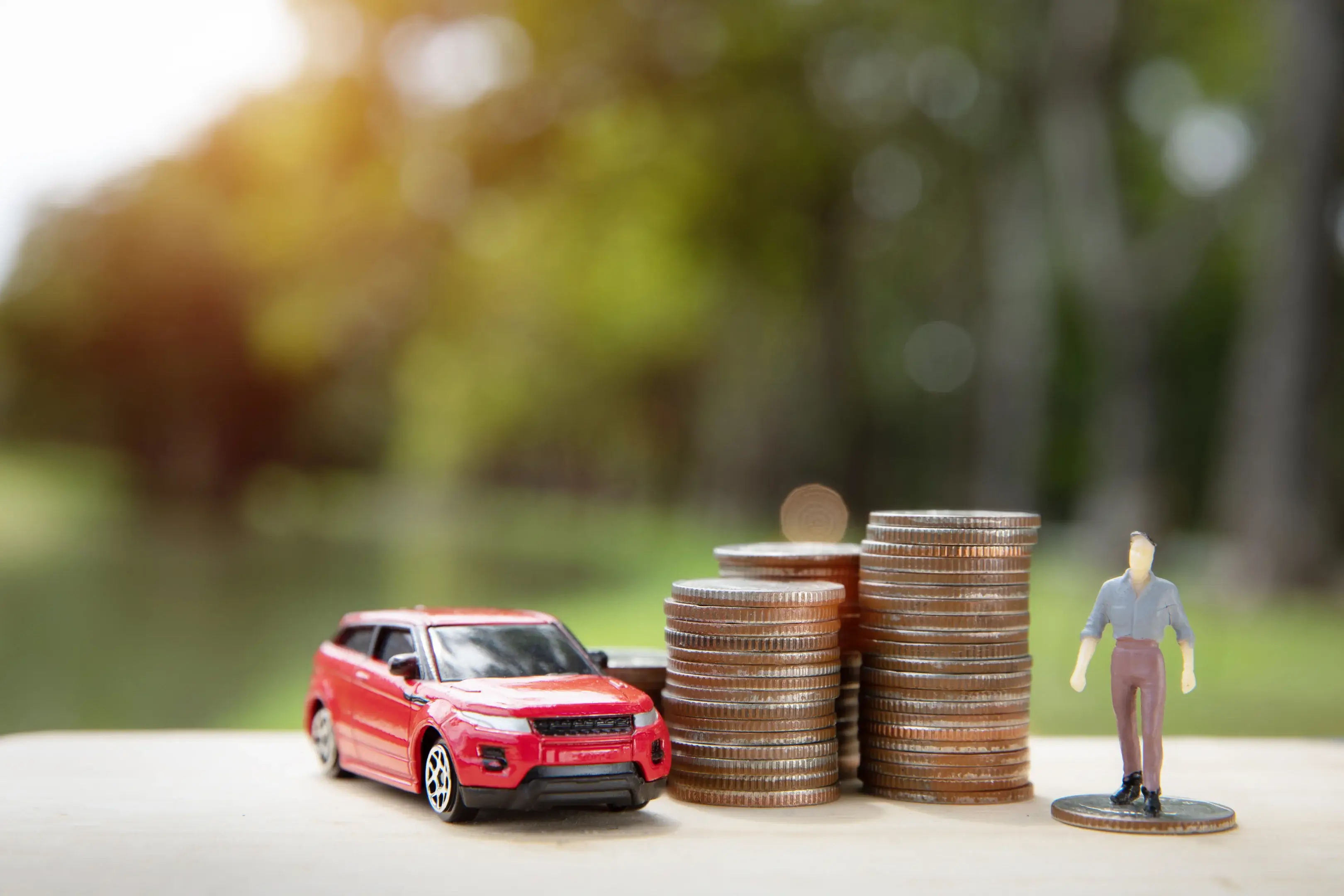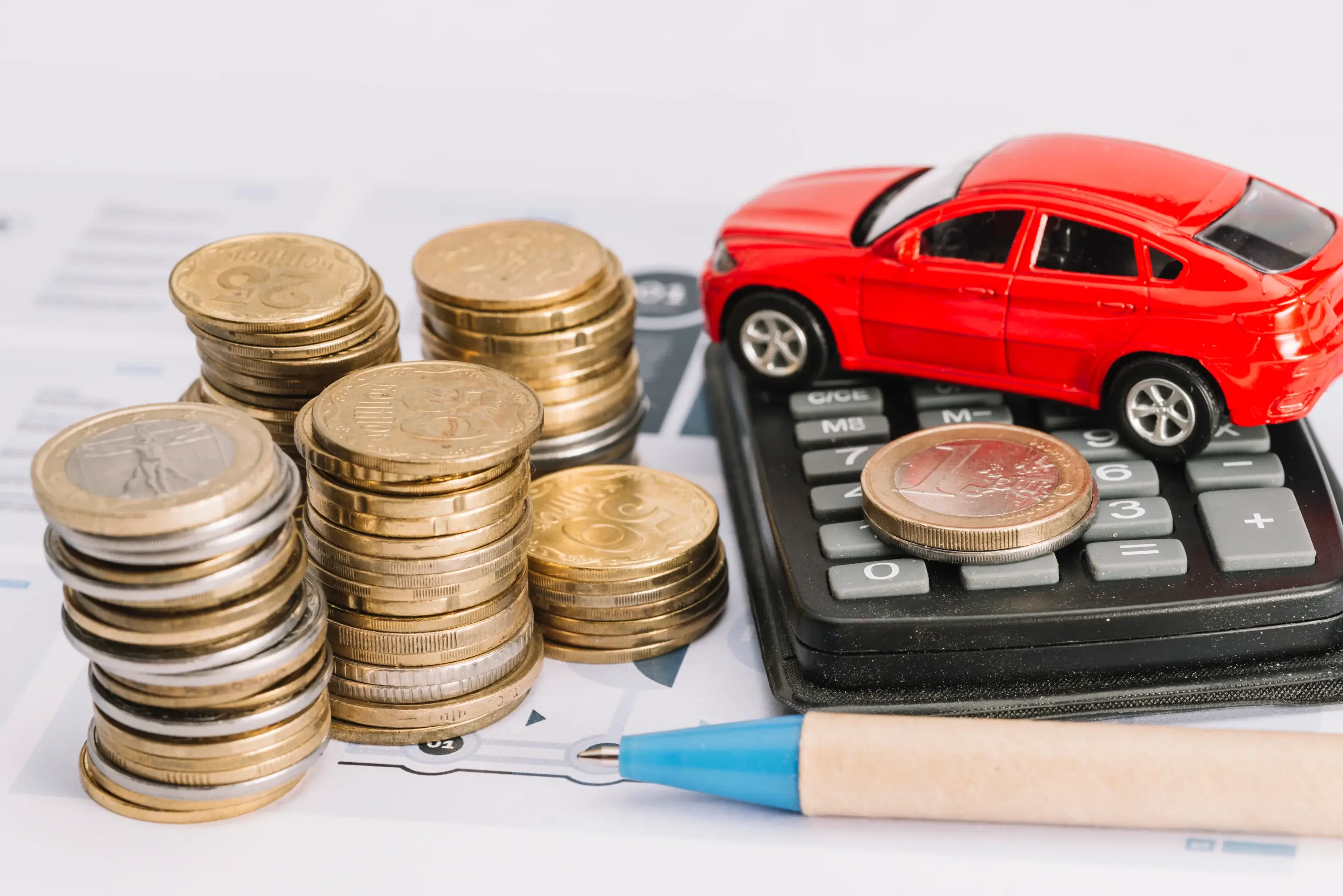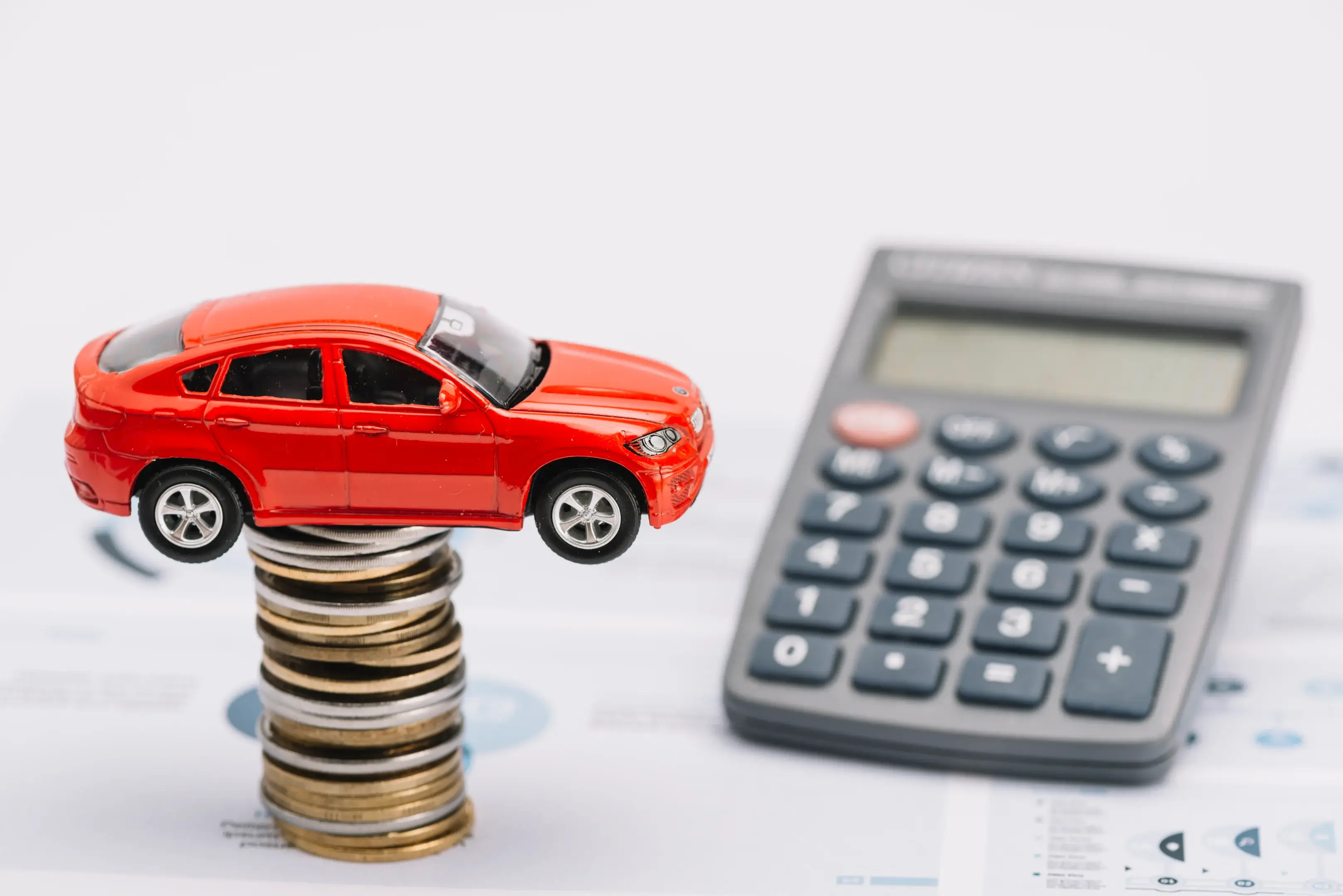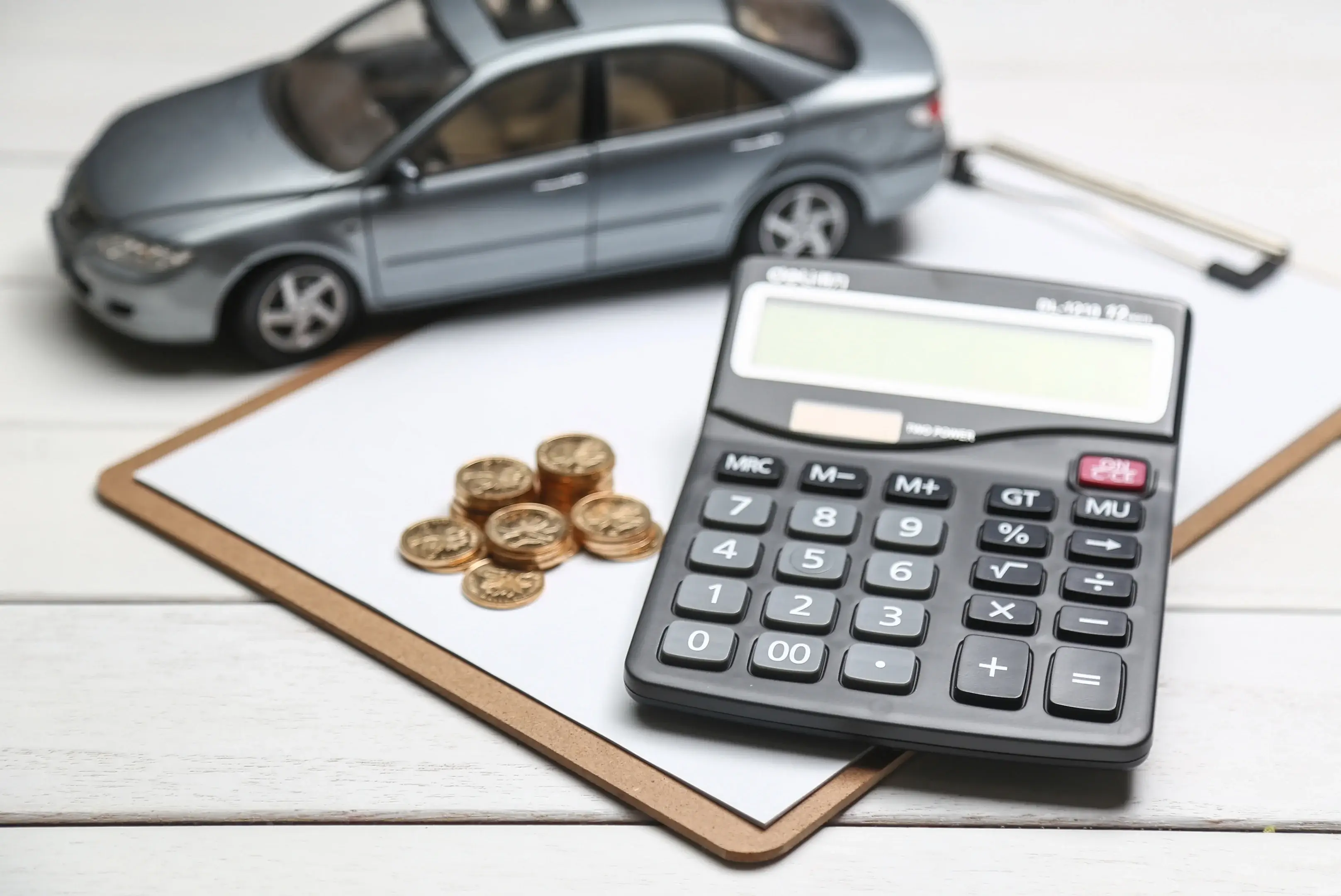How to Save Money for A Car: 6 Simple Ways
You're finally thinking about how to save money for a car you have been dreaming of. Whether it's your first car or a replacement, there are many ways to accumulate enough funds for this big purchase. The best decision would be to start saving early - ideally before you even need the money.
Planning and changing your spending patterns may be necessary on how to save money for a car. Developing a plan to save money for the down payment on a car, whether you're purchasing a new or used vehicle, will help you and your spending plan.

Here are six steps that will help you get on your way:
1. Research The Best Car For Your Needs
The best way to figure out how to save money for a car is to figure out how much you need in the first place. Before you start car shopping, research the purchase price to understand how much money is needed for the car purchase and how long it will take to save for a, consistently save up. For example, if a new car costs $40,000 and your goal was to have saved enough by the end of 2026, then you would need about $670 per month over five years.
When looking for a new car, make sure that it has all the features and specifications you would like. A reputable dealership will be able to advise on how much money should be put down as well as whether leasing or buying is better for your needs.
People always wonder how to save money for a car, and think it's going to be a long, laborious process that takes years - but you can reduce a lot of the work by researching the best car up-front.
2. Compare Costs To Minimize Your Savings Requirements

Another way of managing the cost of car buying is by using an online car loan calculator to compare car payment plans and car appraisal values through platforms like Kelley Blue Book, ensuring you consider all sales tax and additional costs. In addition to how much a used car model is in the beginning, you should also consider how much it will cost you over time. Some online calculators will give you an estimate of your possible car expenses.
You can use a car calculator to get started, and then create your spreadsheet with how much money is needed for the down payment, monthly expenses, how long it would take to pay off the loan if there were no extra fees such as interest or insurance costs, and how many miles you will drive each year.
If it appears your new cars or used cars might have a higher upfront cost but lower insurance premiums in the long run, securing a good trade-in value could save you extra money.
How to compare costs
The 50/30/20 budget, which assigns 50% of your monthly income to needs, 30% to wants, and 20% to savings and debt repayment, is one that it is advised adopting.
It can be difficult to decide whether to include vehicle savings in the "needs" or "wants" section of your budget, but consider this: You can travel to work in both old cars and new vehicles with increased equipment, but the latter is more of a 'desire,' impacting your monthly take-home pay."
Remember that your monthly automobile payment will be included in your budget, along with additional recurring expenses like insurance and gas. According to Paystubsnow experts, your total car-related expenses shouldn't be more than 20% of your gross income. Your insurance premiums will depend on a number of variables, including your driving history, age, and credit score.
To save money, compare vehicle insurance quotes from various insurers and think about combining your auto coverage with a homes or renters policy. If you were wondering how to save money for a car, this is one way to do so.
3. Create A Budget

Creating a budget is a crucial step in learning how to save for a car, and it's essential for managing your monthly car payments. How much more money do you spend each month on essentials like rent, food, and bills? List them all and calculate the portion of your income allocated to these expenses to better manage your auto loan. Then review your financial plan with the goal of accumulating enough funds through auto loans to facilitate the car buying process.
When you start saving for a car, set how much money you are going to put towards the goal each week. If you don’t know how much to save per month, try saving $25-$50 per week for the next few months and see how your savings account starts looking. Then adjust accordingly based on how quickly or slowly you want this process to go.
The more disciplined you are about how much you set aside each week and how long it will take before buying the car, the easier it is to get into good savings habits.
4. Track Your Money

Be sure to track what is coming in and out of your life income/expenses. You want to know how large a gap there is between how much money comes in and how much money goes out. Additionally, make it a goal to spend less than what you earn. If you're self-employed, automate your financial activities using online services to generate invoices and create paystubs which can help you track how much more money you can allocate to save for a car.
To stay committed to your monthly car payments and savings goals for the car buying process, consider setting up automatic transfers and creating pay stubs from your checking account, or scheduling a weekly money meeting where you sit down and look over how much has been saved so far. This is a great way to remember and stay focused on your objective.
Regularly keeping track of your expenditures might help you get a clear picture of where your money is going and where you'd prefer it to go.
You may then correctly account for all the costs you have to pay moving forward by establishing a budget. But take a moment to make a list of all of your monthly spending before you start entering numbers into a spreadsheet or app.
Examine the account statements
Identify your spending patterns by listing all of your accounts, including your bank account and all of your credit cards. You can discover your spending habits by looking at your accounts.
Both fixed and variable costs will be included in your spending. Less frequently do fixed expenses vary from month to month. Mortgage or rent, utilities, insurance, and loan repayments are among them. You'll have more flexibility to modify varying costs like clothing, food, and travel.
Classify your expenditures
Group your expenses first. Some credit cards and personal financial websites automatically classify your purchases under headings like "department store" or "automotive." You might discover that the Target impulse purchases you made cost you a lot of money. Perhaps you'll also discover that you don't need to be paying for services that require ongoing subscriptions.
Then, classifying those prices into necessities and wants can assist you in organizing your budget and establishing spending priorities, particularly if you need to reduce unnecessary spending to make place for savings or debt payback.
5. Consider Getting Financed

Research how to finance the car loan for your next car through your bank or credit union, considering less interest rates and monthly loan payments. You may want to explore how much interest you will have if you opt for financing and how long it might take before you can pay off the loan in full. Remember that they usually require some form of collateral so be sure to have a plan in place if you default on the loan.
If your credit rating is strong, you may be able to obtain a personal loan from a bank, building society, or financing company. The cost can be spread out over one to seven years.
Ensure that your home is not used as collateral for the loan. If you don't make your payments, you'll be at risk of losing your house.
Compare APRs to find the best interest rate available (or annual percentage rate, which includes other charges you have to pay on top of the interest).
6. Set Realistic Goals
How do you save money for a car? The answer unfortunately isn't glamorous - it's slow, incremental (and very hard) work. You need to set goals. Realistic budget goals that are too ambitious can be discouraging, and setting limits or lowering expectations will help track progress towards your car fund - even if you don't hit your original goal for how much you wanted to spend on a car. This will also help you feel satisfied and proud of how much money was saved.
Goals for Short-Term Finance
Setting short-term financial objectives might help you gain the self-assurance and fundamental understanding you need to accomplish longer-term, more ambitious goals. These initial stages are rather simple to do.
You can sit down and design a budget in a few hours, and many people may be able to accumulate a respectable emergency fund in a year, even though you can't magically make $1 million appear in your retirement account right now. These important short-term financial objectives will start assisting you right away and put you on the proper path to accomplishing longer-term objectives.
How to Save Money for a Car: In Closing
Learning how to save money for a car isn't a one-step process. It's often difficult to save money for something that seems so far away, but taking baby steps towards the goal will help you stay motivated and make sure your savings are going in the right direction. If it feels like there is not enough incentive, try setting up rewards along the way to help motivate you and give yourself a little bit of something special.
Your decision regarding the current car you want should be based on your tastes, timing, and financial capabilities, including how much you can afford as a large down payment. It may be necessary to create a long-term plan on. Additionally, if you need to purchase a car outright due to urgent circumstances, you should adjust your monthly budget and overall financial plan accordingly. By effectively managing your monthly expenses, you may accumulate enough money to cover not just the monthly payments but potentially the average price of a new car.

